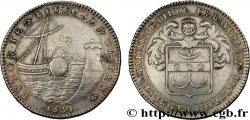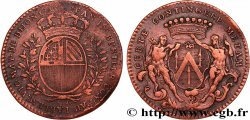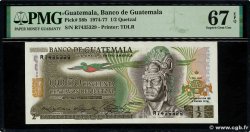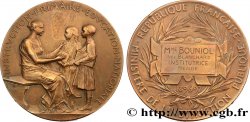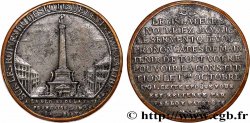Live auction - fjt_589581 - DIJON (MAIRES DE ... et divers) Sainte-Chapelle de Dijon, cérémonie de l’Ordre du Saint-Esprit 1579
Чтобы принять участие в торгах, вы должны войти в систему и стать подтвержденным участником аукциона. Войдите, чтобы сделать ставку. Ваш аккаунт будет подтвержден в течение 48 часов. Не ждите до закрытия торгов, чтобы зарегистрироваться.Сделав ставку на данный товар, вы вступаете в юридическое соглашение на покупку выбранного товара и нажатием кнопки «Сделать ставку» подтверждаете принятие вами условий интернет-аукционов cgb.fr.
Ставка может бить сделана только в полном эквиваленте евро. Торги закроются согласно времени, указанному в описании товара, все ставки, сделанные после закрытия торгов, учитываться не будут. Не следует откладывать предложение вашей ставки до последнего момента, так как система может не успеть обработать вашу заявку, и ваша ставка не будет принята. Более детальную информацию вы найдёте здесь: FAQ по интернет-аукционам.
Все ставки победителей подлежат комиссии 18%.
Все ставки победителей подлежат комиссии 18%.
| Оценить : | 120 € |
| Цена : | Нет ставки |
| Максимальная предлагаемая цена : | Нет ставки |
| Конец торгов : | 27 April 2021 19:27:03 |
Тип Sainte-Chapelle de Dijon, cérémonie de l’Ordre du Saint-Esprit
Дата: 1579
Металл: copper
Диаметр: 24 mm
Ориентация осей монеты: 11 h.
Вес: 3,95 g.
Век: lisse
Редкость: R2
Ссылки в каталоге: :
F.10137 - Fontenay, Manuel.., p. 347
Лицевая сторона
Аверс: легенда: IVSTVS. VT. PALMA. FLOREBIT (LIS).
Аверс: описание: Saint Louis armé, debout de face, regardant à droite ; à l’exergue : 1579.
Обратная сторона
Реверс: легенда: (LIS) INSIGNIA. SACRI. SACELLI. REGII. DINIONEN.
Реверс: Описание: Écu aux armes de la Sainte-Chapelle dans une couronne de laurier.
Комментарий
Selon Fontenay “C’était au fort d’une tempête que le duc de Bourgogne Hugues III, implorant la Vierge Marie, fit vœu d’élever un temple en son honneur ; et, en 1172, il édifiait la Sainte-Chapelle de Dijon qui devint paroisse des ducs et chef-lieu de l’ordre de la Toison d’Or (...) La Sainte-Chapelle rappellait au roi qu’il avait vaincu à Jarnac et à Montcontour ; elle le représentait l’épée haute, couronne en tête, et lui prédisait, dans une légende flatteuse, qu’il remporterait encore la victoire (...) Ce méreau, aux armes de la sainte-Chapelle, fut frappé à l’occasion de la première cérémonie de l’Ordre du Saint-Esprit, institué par Henri III en mémoire de ses avènements aux couronnes de France et de Pologne, le jour de la Pentecôte”
L'ordre du Saint-Esprit date de décembre 1578. Il a été créé par le désir d'Henri III de grouper autour de sa personne un noyau de gentilhommes dévoués et sur lesquels il pourrait compter contre la Ligue. Le roi était le grand maître de cet ordre qui comptait cent chevaliers, plus neuf commandeurs ecclésiastiques et quatre grands officiers : un chancelier, un prévôt, un grand trésorier et un greffier. Les chevaliers de l'ordre du Saint-Esprit étaient en même temps chevalier de l'ordre de Saint-Michel. La croix de l'ordre était suspendue à un cordon bleu d'où le nom de cordons bleus donné aux chevaliers du Saint-Esprit. Le dauphin et les fils de France étaient de droit chevaliers du Saint-Esprit en naissant. Le nom de Saint-Esprit avait été donné en commémoration du fait que l'élection de Henri III au trône de Pologne et son avènement au trône de France étaient arrivés tous deux le jour de la Pentecôte.
According to Fontenay, “It was at the height of a storm that the Duke of Burgundy, Hugh III, imploring the Virgin Mary, made a vow to build a temple in her honor; and, in 1172, he built the Sainte-Chapelle of Dijon, which became the parish of the dukes and the capital of the Order of the Golden Fleece (. . . ) The Sainte-Chapelle reminded the king that he had won at Jarnac and Montcontour; it represented him with his sword held high, crown on his head, and predicted to him, in a flattering legend, that he would win again (. . . ) This medal, bearing the arms of the Sainte-Chapelle, was struck on the occasion of the first ceremony of the Order of the Holy Spirit, instituted by Henry III in memory of his accession to the crowns of France and Poland, on the day of Pentecost. The Order of the Holy Spirit dates from December 1578.. It was created by the desire of Henry III to gather around his person a core of devoted gentlemen on whom he could count against the League.. The king was the grand master of this order, which included one hundred knights, plus nine ecclesiastical commanders and four grand officers: a chancellor, a provost, a grand treasurer and a clerk.. The Knights of the Order of the Holy Spirit were at the same time Knights of the Order of Saint Michael. The cross of the order was suspended from a blue cord, hence the name blue cords given to the knights of the Holy Spirit. The dauphin and the sons of France were by right knights of the Holy Spirit at birth. The name Holy Spirit was given in commemoration of the fact that the election of Henry III to the throne of Poland and his accession to the throne of France both occurred on the day of Pentecost.
L'ordre du Saint-Esprit date de décembre 1578. Il a été créé par le désir d'Henri III de grouper autour de sa personne un noyau de gentilhommes dévoués et sur lesquels il pourrait compter contre la Ligue. Le roi était le grand maître de cet ordre qui comptait cent chevaliers, plus neuf commandeurs ecclésiastiques et quatre grands officiers : un chancelier, un prévôt, un grand trésorier et un greffier. Les chevaliers de l'ordre du Saint-Esprit étaient en même temps chevalier de l'ordre de Saint-Michel. La croix de l'ordre était suspendue à un cordon bleu d'où le nom de cordons bleus donné aux chevaliers du Saint-Esprit. Le dauphin et les fils de France étaient de droit chevaliers du Saint-Esprit en naissant. Le nom de Saint-Esprit avait été donné en commémoration du fait que l'élection de Henri III au trône de Pologne et son avènement au trône de France étaient arrivés tous deux le jour de la Pentecôte.
According to Fontenay, “It was at the height of a storm that the Duke of Burgundy, Hugh III, imploring the Virgin Mary, made a vow to build a temple in her honor; and, in 1172, he built the Sainte-Chapelle of Dijon, which became the parish of the dukes and the capital of the Order of the Golden Fleece (. . . ) The Sainte-Chapelle reminded the king that he had won at Jarnac and Montcontour; it represented him with his sword held high, crown on his head, and predicted to him, in a flattering legend, that he would win again (. . . ) This medal, bearing the arms of the Sainte-Chapelle, was struck on the occasion of the first ceremony of the Order of the Holy Spirit, instituted by Henry III in memory of his accession to the crowns of France and Poland, on the day of Pentecost. The Order of the Holy Spirit dates from December 1578.. It was created by the desire of Henry III to gather around his person a core of devoted gentlemen on whom he could count against the League.. The king was the grand master of this order, which included one hundred knights, plus nine ecclesiastical commanders and four grand officers: a chancellor, a provost, a grand treasurer and a clerk.. The Knights of the Order of the Holy Spirit were at the same time Knights of the Order of Saint Michael. The cross of the order was suspended from a blue cord, hence the name blue cords given to the knights of the Holy Spirit. The dauphin and the sons of France were by right knights of the Holy Spirit at birth. The name Holy Spirit was given in commemoration of the fact that the election of Henry III to the throne of Poland and his accession to the throne of France both occurred on the day of Pentecost.







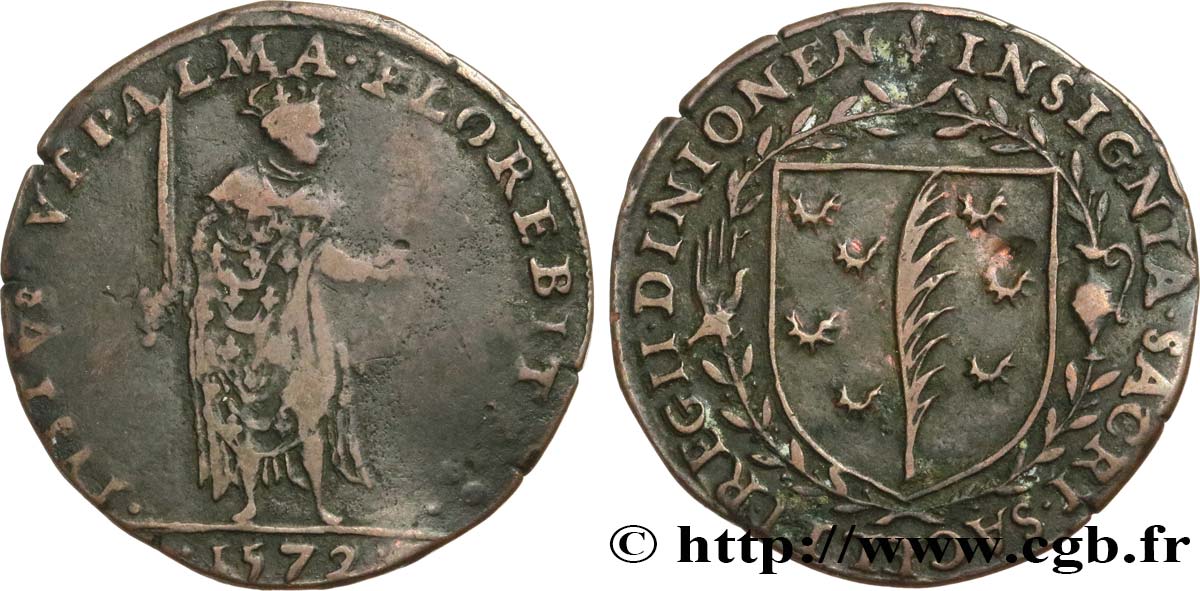
 Cообщить об ошибке
Cообщить об ошибке Распечатать страницу
Распечатать страницу Отправить мой выбор
Отправить мой выбор Задать вопрос
Задать вопрос Consign / sell
Consign / sell
 Информация
Информация
